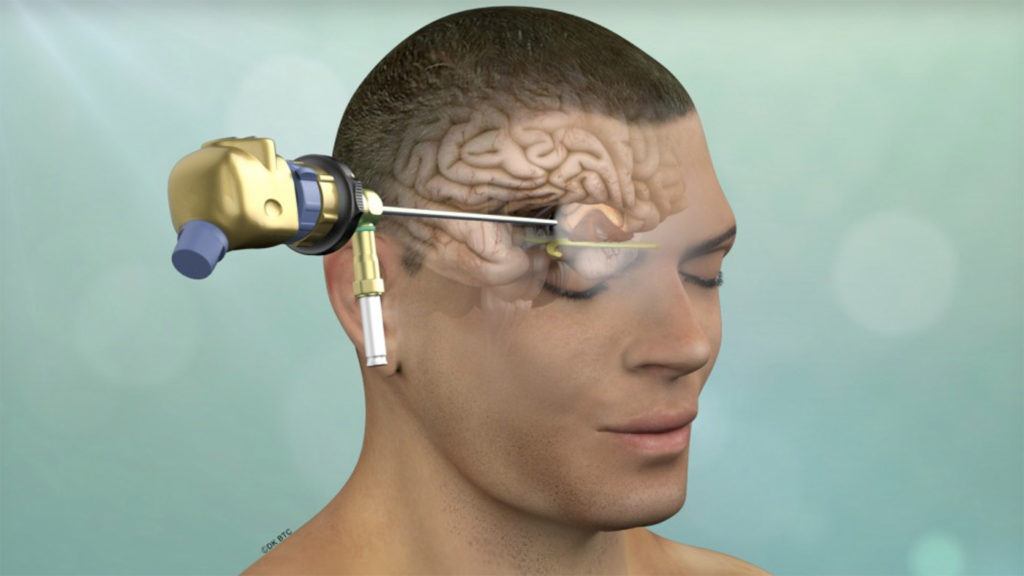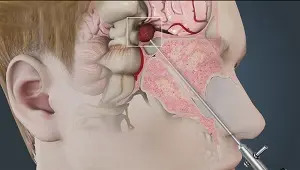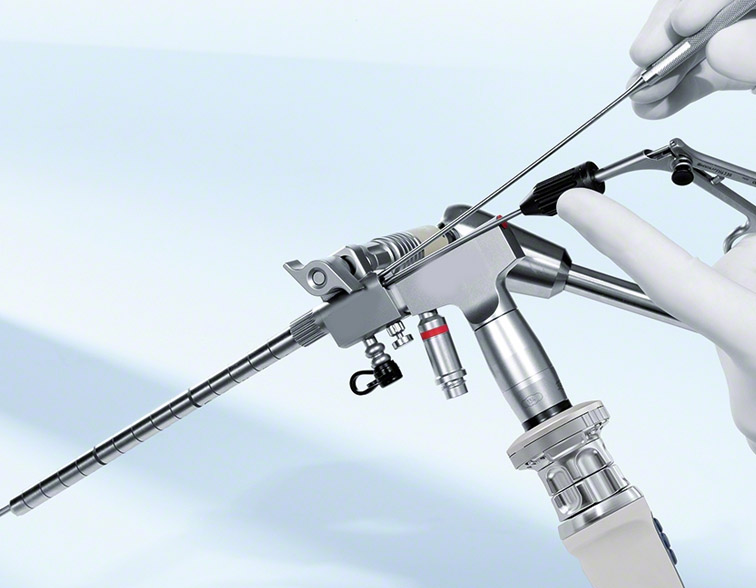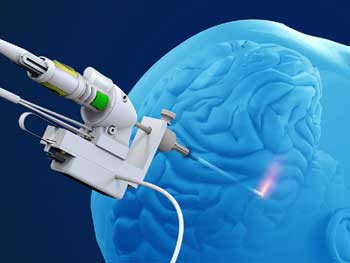
The Evolution of Minimal Invasive Brain Surgery: Benefits and Techniques
Historically, brain surgery was performed using open craniotomies, which involved removing a portion of the skull to access the brain. While effective, these procedures were associated with high risks, including infection, prolonged recovery times, and significant scarring. Over time, the field of neurosurgery has embraced less invasive methods, driven by advancements in technology and a deeper understanding of brain anatomy.

Benefits of Minimal Invasive Brain Surgery
Medical team of surgeons in hospital doing minimal invasive surgical interventions. Surgery operating room with electrocautery equipment for cardiovascular emergency surgery center.

- Reduced Risk : Minimal invasive techniques significantly lower the risk of complications, like infections, bleeding, and damage to healthy brain tissue.
- Shorter Recovery Time : Patients undergoing minimal invasive brain surgery often experience faster recovery times compared to traditional open surgery. This allows for a faster return to normal
- Minimal Scarring : The small incisions used in these procedures result in minimal scarring, which is a significant cosmetic advantage for patients.
- Enhanced Precision : Advanced imaging and surgical tools provide surgeons with unparalleled precision, reducing the margin of error and improving the overall success rate of the surgery.
Current Techniques in Minimal Invasive Brain Surgery

This technique is commonly used for conditions like hydrocephalus, pituitary tumors, and skull base tumors. The endoscope provides real-time visuals, enabling surgeons to navigate through complex brain structures with minimal disturbance.
A specialized form of endoscopy, neuroendoscopy is particularly useful for ventricular surgeries and the treatment of cysts or tumors within the brain’s fluid-filled spaces.


Also known as a “burr hole” surgery, this technique involves creating a small opening in the skull through which surgical instruments are inserted. It’s often used for procedures like biopsies or the removal of small tumors.
LITT uses laser energy to heat and destroy abnormal brain tissue. This technique is minimally invasive, with only a small probe inserted through a tiny incision.


Endoscopic Brain Surgery
This technique is commonly used for conditions like hydrocephalus, pituitary tumors, and skull base tumors. The endoscope provides real-time visuals, enabling surgeons to navigate through complex brain structures with minimal disturbance.
Neuroendoscopy
A specialized form of endoscopy, neuroendoscopy is particularly useful for ventricular surgeries and the treatment of cysts or tumors within the brain’s fluid-filled spaces.


Keyhole Surgery
Also known as a “burr hole” surgery, this technique involves creating a small opening in the skull through which surgical instruments are inserted. It’s often used for procedures like biopsies or the removal of small tumors.
Laser Interstitial Thermal Therapy (LITT)
LITT uses laser energy to heat and destroy abnormal brain tissue. This technique is minimally invasive, with only a small probe inserted through a tiny incision.

The evolution of minimal invasive brain surgery represents a remarkable leap forward in neurosurgical care. By reducing risks, enhancing precision, and improving recovery times, these techniques have significantly impacted patient outcomes. As technology continues to advance, the future of brain surgery looks promising, with even less invasive methods on the horizon. Patients facing brain surgery today can take comfort in knowing that they have access to some of the most sophisticated and effective treatments available.

Dr. Adam Kamrudeen
Neurosurgeon in Navi Mumbai
- MBBS, MS – General Surgery,
- MCh – Neuro Surgery
- Brain & Spine Surgeon in Navi Mumbai
Conclusion
Consulting with Dr. Adam Kamrudeen, a renowned neurosurgeon in Navi Mumbai, is essential when considering minimally invasive brain surgery. This advanced surgical technique offers the potential for reduced recovery time and fewer complications compared to traditional approaches. During your consultation, Dr. Adam Kamrudeen will explain the benefits and limitations of minimally invasive brain surgery, helping you and your family make well-informed decisions about your treatment. Take the first step toward a faster recovery by discussing your options with Dr. Adam Kamrudeen.
Dr. Adam Kamrudeen specializes in treating various neurological conditions, including spinal joint and disc diseases, brain infarctions (commonly known as stroke or paralysis), hydrocephalus, and more.
Dedicated to providing holistic patient care, Dr. Adam Kamrudeen is deeply committed to fostering both the physical and mental recovery of his patients, striving tirelessly to ensure their well-being.
